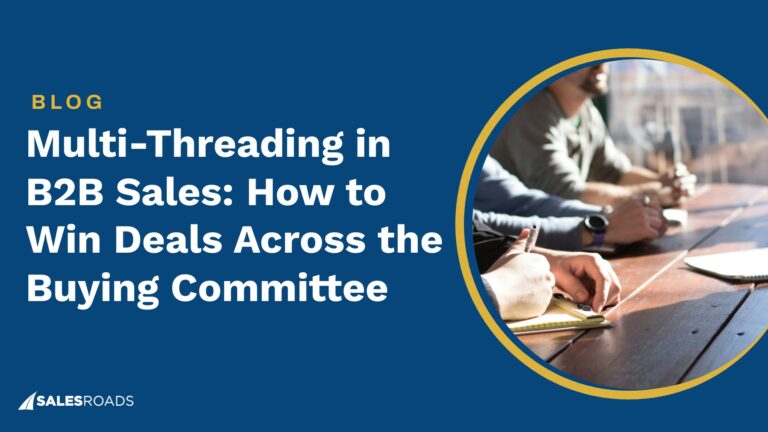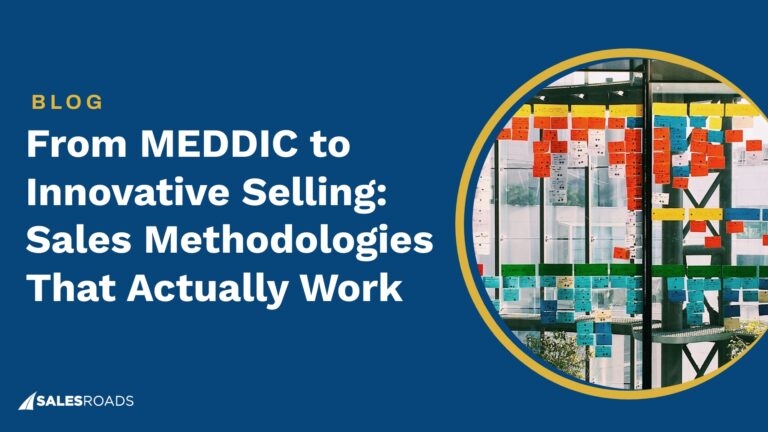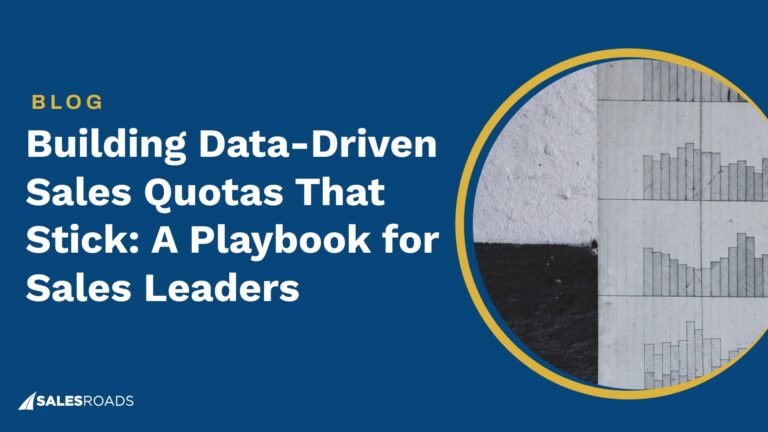Sales outsourcing is a great solution for companies looking to boost revenue without investing huge capital. This operating model helps optimize sales processes and achieve business objectives faster.
What is the Sales Outsourcing Business Model?
Outsourced sales providers service their clients by taking on specific sales-related tasks on their behalf. Common forms of sales outsourcing include appointment setting and list building.
Outsourcing service providers offer their clients the following benefits:
- Low initial investment: Building an in-house sales team can be costly, as you have to pay for salaries, training expenses, equipment, and tools. The average salary of an entry-level sales representative in the US is $64,835, while managers can earn around $77,180. Companies can expand their operations by hiring outsourcing agencies without needing to shoulder the expensive cost upfront.
- Access to an additional or expert workforce: Some sales processes require expertise that might not be readily available in your current workforce. Outsourcing firms have a large pool of specialized professionals ready on short notice.
- Faster result: Service providers have trained managers and reps ready to take on projects; they just need to familiarize themselves with the client’s brand and offerings, which is possible in a few weeks.
Outsourced sales also have a fair share of challenges, including:
- Data management concerns: Outsourced sales providers are entrusted with clients’ customer and business data. If data security is not their top priority, this information might be at risk, affecting their company’s reputation.
- Miscommunication: Because clients are not present in the day-to-day operation, they cannot provide immediate feedback on the service provider’s quality of work.
- Misrepresentation: Every company has a unique tone and messaging. Outsourced service providers need to immerse themselves in this to represent their clients’ brands successfully.
Businesses often hesitate about outsourcing sales processes because of these potential pitfalls, but you can significantly mitigate these risks by choosing a reliable service provider. Reputable business partners value favorable reviews and referrals and want their clients to succeed.
Types of Outsourced Sales Business Models
Sales outsourcing providers can be freelancers or agencies and have varied business models depending on their setup. The most common outsourced sales business models are:
Retainer Model
This structure is a form of payment based on the expectation that a client will continue to use a service on a regular basis. Many clients prefer agencies with this business model because the outsourcing partner is incentivized to provide high-quality service to their clients to gain referrals and repeat transactions.
This business model is typically used for custom solutions, and the cost depends on factors such as:
- Type of project
- Project complexity
- Time frame
- Industry
Retainer-based outsourcing firms typically require a minimum project size. If the scope of the client’s project is too small, the agency is less likely to accept it because it would generate too little profit.
Pay Per Performance
In this payment structure, outsourced sales providers generate income that’s proportionate to their performance. There’s usually a set guideline agreed upon between the provider and client on how these incentives are awarded.
The advantage of working with a service provider with pay per performance model is that there are no upfront payments. Clients will only have to pay for outcomes, but the challenge with this arrangement is that the provider might prioritize quantity over quality to make more revenue.
Commission Model
The commission model is similar to pay-per-performance, but the payment is based on a predetermined percentage of total sales rather than a specific outcome. The more sales generated from the provider’s efforts, the higher the commission they will earn. This business model typically applies to big-ticket items.
Fixed Price Model
Under this fee structure, providers will charge a flat rate for all their services. This rate already includes costs for the resources and office space, and it can be paid monthly or annually, per the client’s preference.
The advantage of this pricing model is that the cost may be adjusted based on factors such as:
- Successive target: Clients are given initial pricing at the beginning of the project, but as the operation progresses, that cost may be gradually adjusted.
- Incentives: The incentive can be added to the fixed fee but is normally determined by the client’s key performance indicators (KPIs).
- Economic conditions: This applies when the service provider’s rates are significantly affected by factors such as the cost of equipment, labor, and other resources.
Outsourced sales businesses can use a combination of the models mentioned above, depending on the type of services that they offer and their client’s needs and preferences.
Services Compatible with Sales Outsourcing Business Model
Businesses usually contract out the following aspects of their sales processes:
- Appointment setting
- List building
- Sales support
Appointment setting
Appointment setting programs fill the gap between the sales and marketing teams by ensuring that the pipeline is overflowing with conversion opportunities. This process is commonly implemented by sales development representatives (SDR), whose primary responsibility is to conduct lead qualification.
Compatible structure:
- Retainer model: Outsourcing agencies that offer custom appointment setting solutions usually work on a retainer basis. This is because this task requires long-term partnership to get noticeable results.
- Pay per performance: Pay per performance appointments are usually more accessible because they don’t need payment upfront. The downside is that these appointments might not be the right fit because providers focus more on quantity than quality since they need to make money.
- Commission model: In this structure, SDRs get a percentage of the average contract value generated from their booked appointments. The commission rate depends on the agreed amount between the client and provider at the beginning of the program.
- Fixed-rate model: This outsourced model for customer service typically applies to independent freelancers running appointment setting campaigns. Their rate is around the average hourly rate of SDRs in the US1, which is $35.39.
List Building
List building is crucial for finding high-value leads. It involves collecting the contact information of potential customers to create a lead list. This process is typically a marketing task, but some salespeople execute it, too, as it’s the first step of many sales strategies.
List building requires lengthy research to ensure that data is accurate and relevant, which can be a significant additional effort to your sales representatives’ already demanding workload. That’s why it’s a fantastic opportunity for outsourcing.
Compatible structure:
Outsourced business partners that offer this service usually charge per lead. The price depends on the quality and industry of the prospect. Those that undergo extensive qualification are usually more expensive.
Here’s an overview of the cost per lead (CPL) across various industries:
| Industry | Average CPL |
| IT & Services | $369.88 |
| Healthcare & Medical | $285.82 |
| Financial Services | $271.54 |
| Industrial & Manufacturing | $235.09 |
| Media & Publishing | $191.07 |
| Consumer Products | $182.37 |
| Marketing Agencies | $172.72 |
| Education | $65.68 |
| Nonprofit | $43.36 |
Source: Marketingcharts.com
Sales Support
Sales support refers to a variety of functions that support reps and managers. These include:
- Updating Customer Relationship Management (CRM) database: Sales support can keep the CRM up-to-date so that the sales team can quickly zero in on prospects most likely to convert into paying customers.
- Collecting data and tracking metrics: Sales teams heavily rely on accurate and relevant data to make decisions and convert prospects, but adding research and metric tracking to their workload can easily overwhelm them. By having sales support take over this task, reps and managers can focus on their main responsibilities.
- Providing customer service: Customers are more likely to get a positive experience when sales support is active and offers immediate assistance.
- Coordinating with other departments: Sales support ensures proper communication and alignment with other departments within the organization.
Compatible structure:
- Hourly rates: An outsourced sales support specialist can handle a variety of tasks in their daily operations. Because of its non-standard nature, paying an hourly rate is usually the best option.
Sales Outsourcing Market Size
The outsourced sales service market size in 2022 is worth $2,734.1 million, and it’s expected to grow to $3,659.1 million by 2028. Online services which improve efficiency, boost productivity, and increase revenue take up 87% of the market2. The remaining 13% is composed of offline services that require physical presence to do the job.
With a growth rate of 4.35% and higher demand for solutions that increase efficiency and productivity, the outsourced sales market is expected to continue to grow significantly over the next few years.
A survey conducted by Deloitte3 revealed that the top reasons for companies investing in outsourcing are:
- 70% – Cost reduction
- 40% – Flexibility
- 20% – Speed to market
- 15% – Access to tools and processes
- 15% – Agility
Bottom Line
The sales outsourcing market will continue to grow as the demand for more efficient and less time-consuming processes increases. This gives companies with a sales outsourcing business model plenty of untapped opportunities in various industries.










